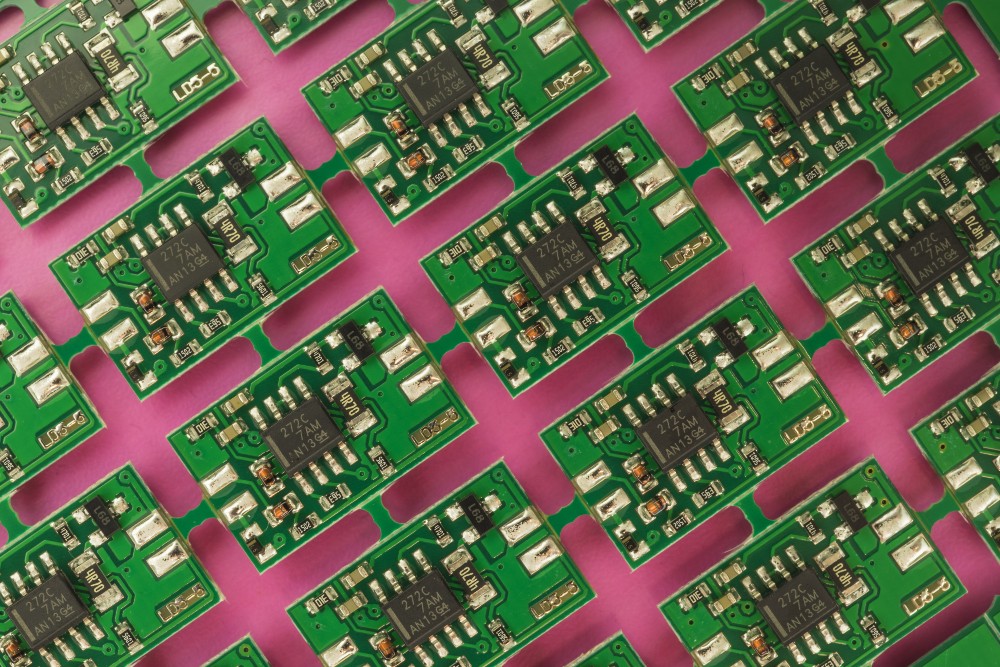
by Chris D | Jan 30, 2021 | PCB
Many different components must come together when creating printed circuit boards. Some of the most critical components are the chemicals involved in the manufacturing process. There are many different cleaners, antifoams, finishers, replenishers, and other chemicals...
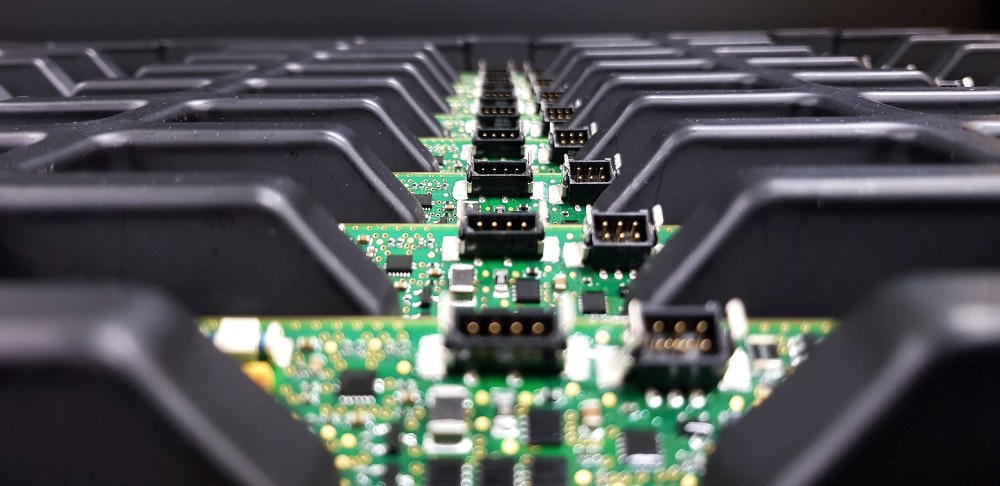
by Chris D | Dec 20, 2020 | PCB
Imagine getting your product all the way through to the final stages—and you’re set to finally deliver it to the market. Suddenly, you find errors, leading to a host of challenges and delays. It’s no secret in the manufacturing industry—especially in the PCB (printed...
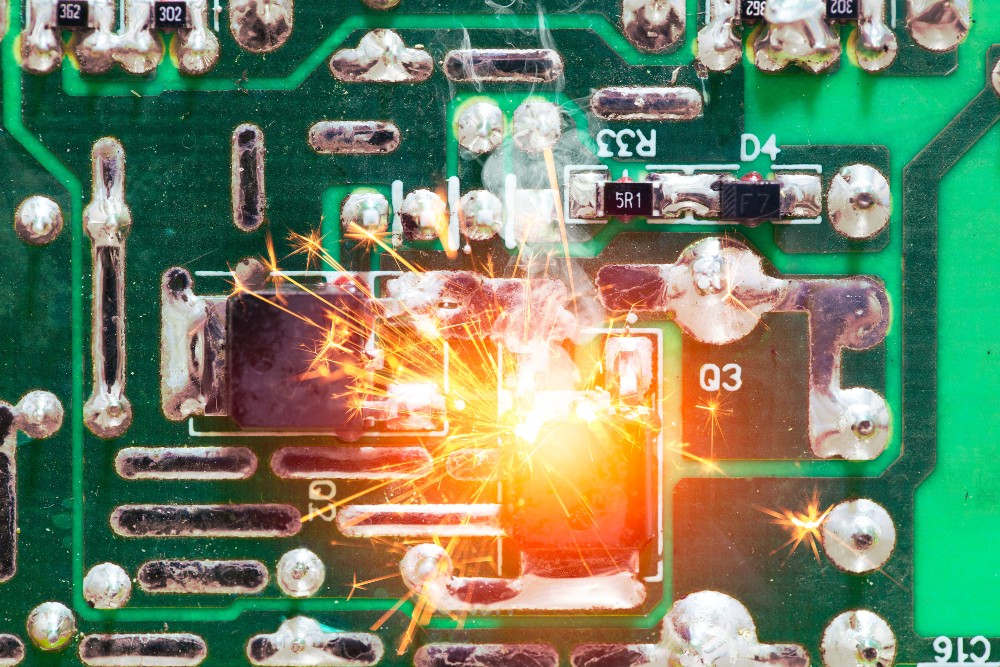
by Chris D | Nov 20, 2020 | PCB
Preparing for failure is part of the job as an engineer. Sometimes it’s inevitable and anomalies happen, although fortunately, each instance of PCB failure can be a learning experience. It’s all part of the process. But embracing PCB failure doesn’t mean you can’t...
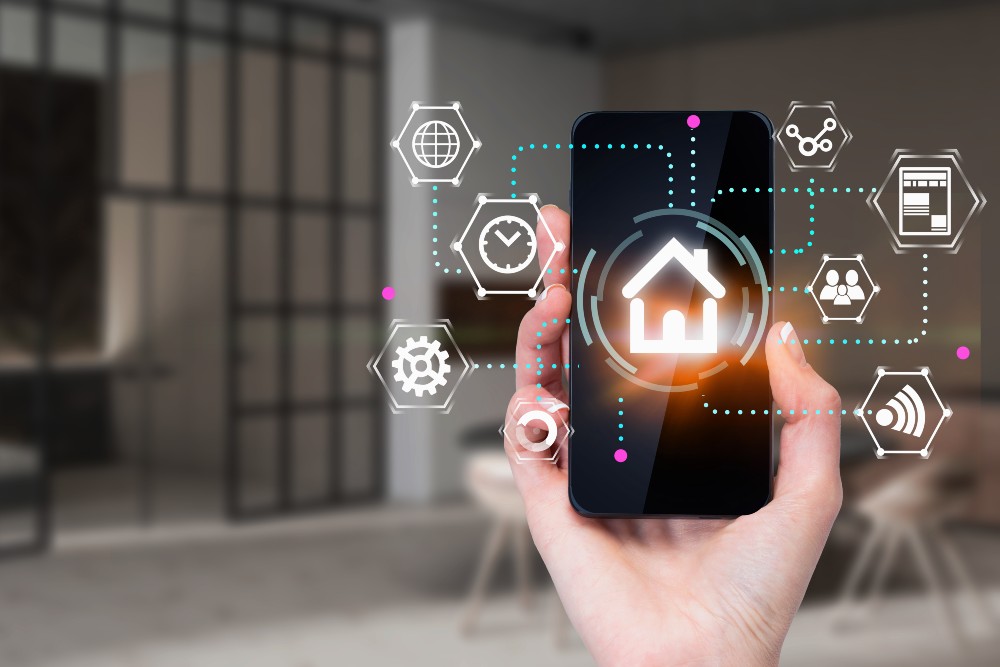
by Chris D | Nov 20, 2020 | PCB
IoT (the Internet of Things) products have been on the rise in recent years. Their popularity won’t be flatlining anytime soon. As devices get smaller and more complex, knowing how to design PCBs (printed circuit boards) to fit the consumer market is key. Let’s talk...
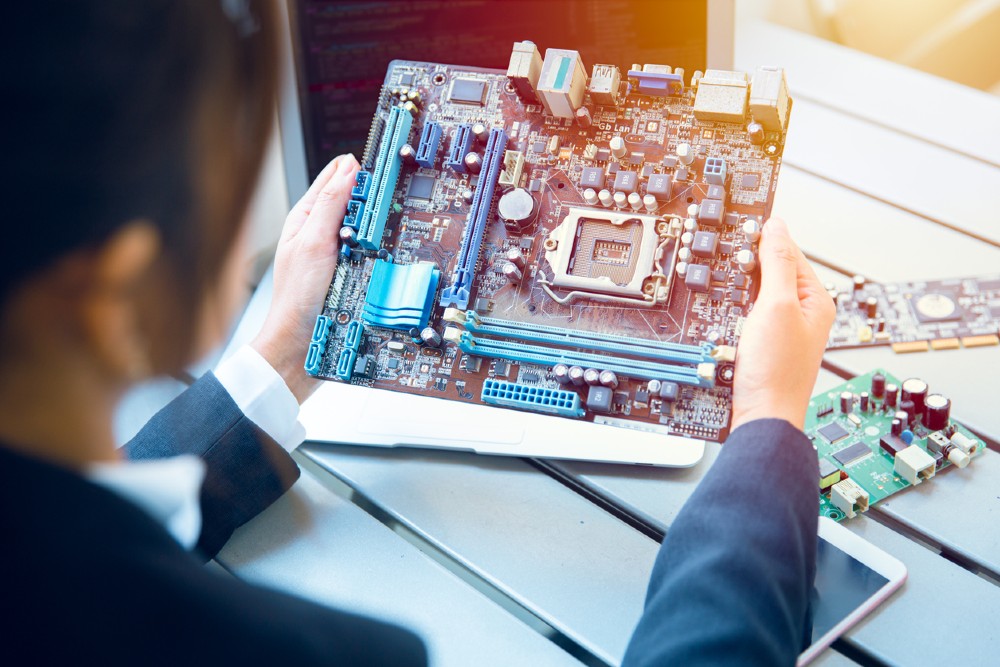
by Chris D | Oct 25, 2020 | PCB
When just starting out in the prototyping business, it can be difficult to know where to begin. As far as PCBs (printed circuit boards) go, there’s everything from single layer to double layer and beyond—but what does it all mean? With so many PCB types on the market,...
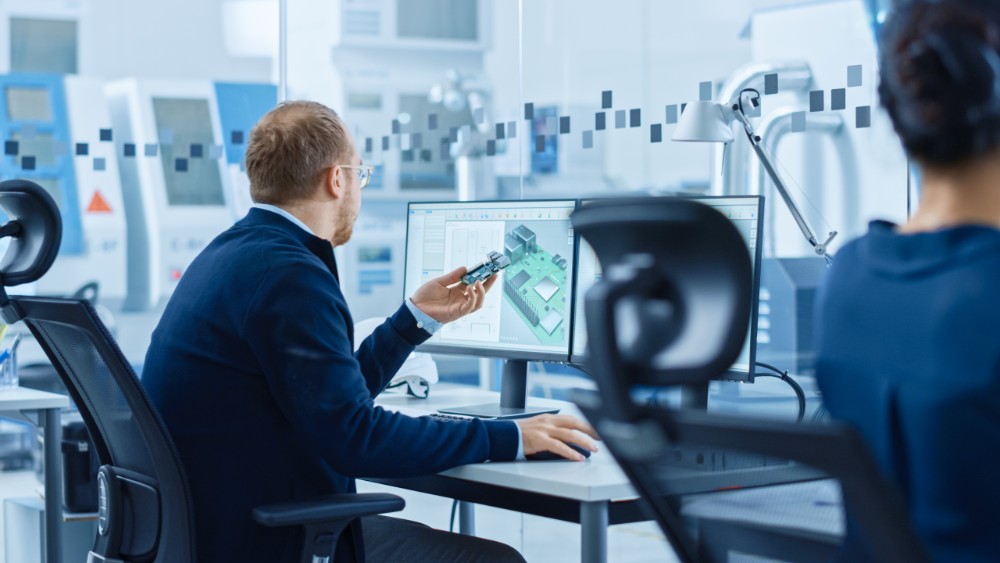
by Chris D | Sep 30, 2020 | PCB
Printed circuit boards need to be prototyped before they go into production. With a prototype, you can test it to see if the components work together efficiently and effectively. Without a prototype, you run the risk of your manufactured PCBs having fatal flaws that...







